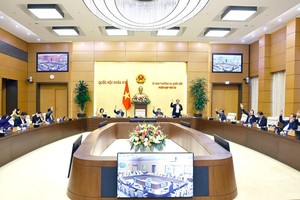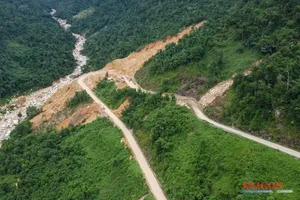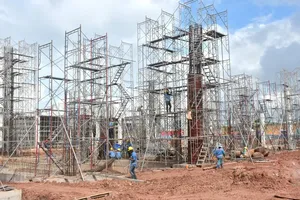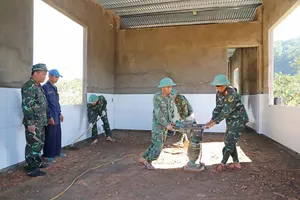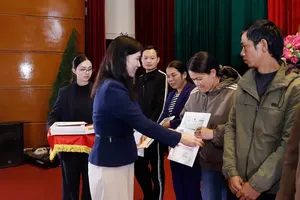
The cold air, accompanied by northeasterly winds, reached the Northern region on the morning of January 3, causing a gradual drop in temperature and the return of chilly weather.
As reported, on the early morning of January 3, the cold air arrived in Hanoi, resulting in rain and drizzle, with temperatures falling to 16-17 degrees Celsius.

During the morning commute, people had to don warm clothing and raincoats. Many tried to leave early to avoid traffic congestion during peak hours. Meanwhile, residents in Ha Dong and Thanh Xuan districts opted for transportation to the city center via the Ha Dong - Cat Linh electric train.
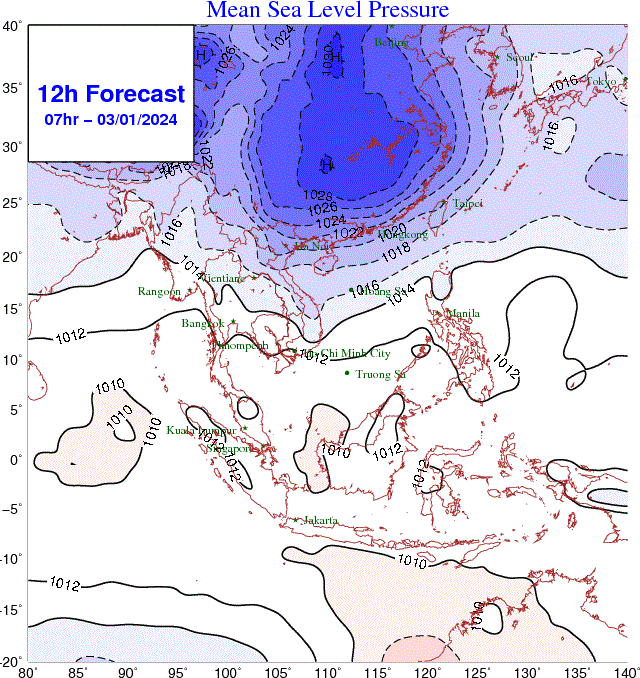
Many people are worried that traffic jams in Hanoi could happen again this afternoon if the cold and rainy weather persists.
Due to the impact of cold air, numerous provinces in the Northeast, including Quang Ninh, Lang Son, Thai Nguyen, Cao Bang, Bac Ninh, Bac Giang, and Hai Duong, are currently facing rain and cold winds. The temperature has dropped by approximately 8-10 degrees Celsius compared to yesterday.
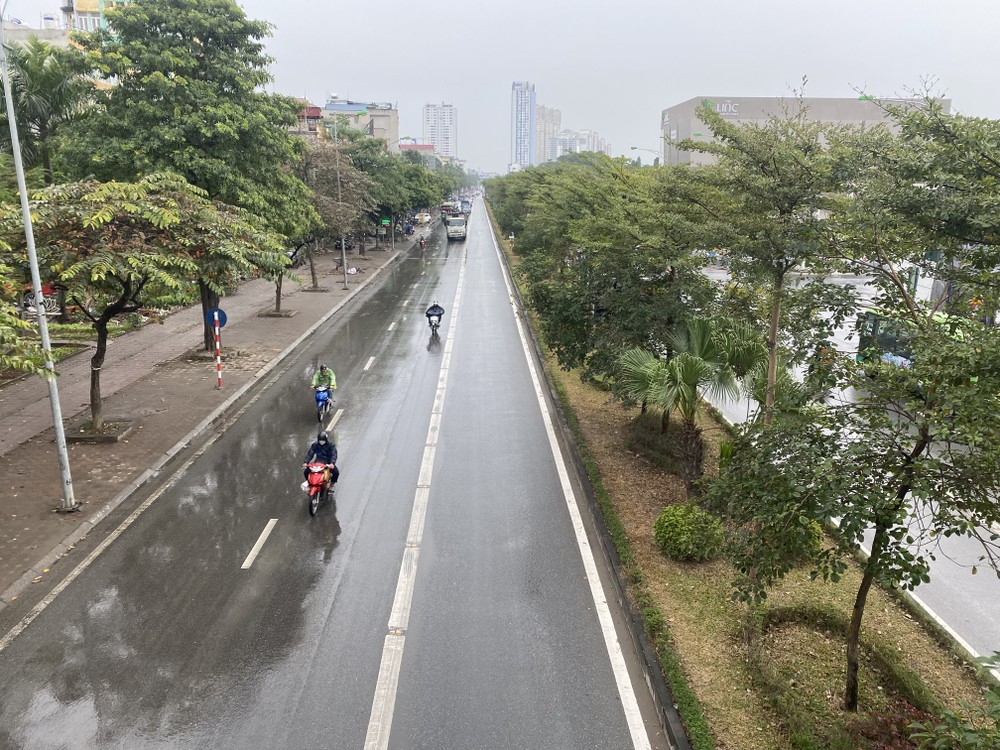
This morning, the cold air waves continued to move down towards the Thanh Hoa - Nghe An region, with the rainy area expanding.
Meteorological experts predict that as the day progresses, temperatures in the Northern region will continue to drop. The National Center for Hydro-Meteorological Forecasting indicates that, during this cold spell, the mountainous areas in the Northern part of the country may see temperatures falling below 8 degrees Celsius, while temperatures in the plains are expected to range from 15 to 18 degrees Celsius.
On January 3, the Northern and North Central regions will see rain both day and night. From January 3 to January 4, the area stretching from Quang Binh to Khanh Hoa is expected to have rain and showers. People in mountainous areas should be on guard for thunderstorms, lightning, and hail.
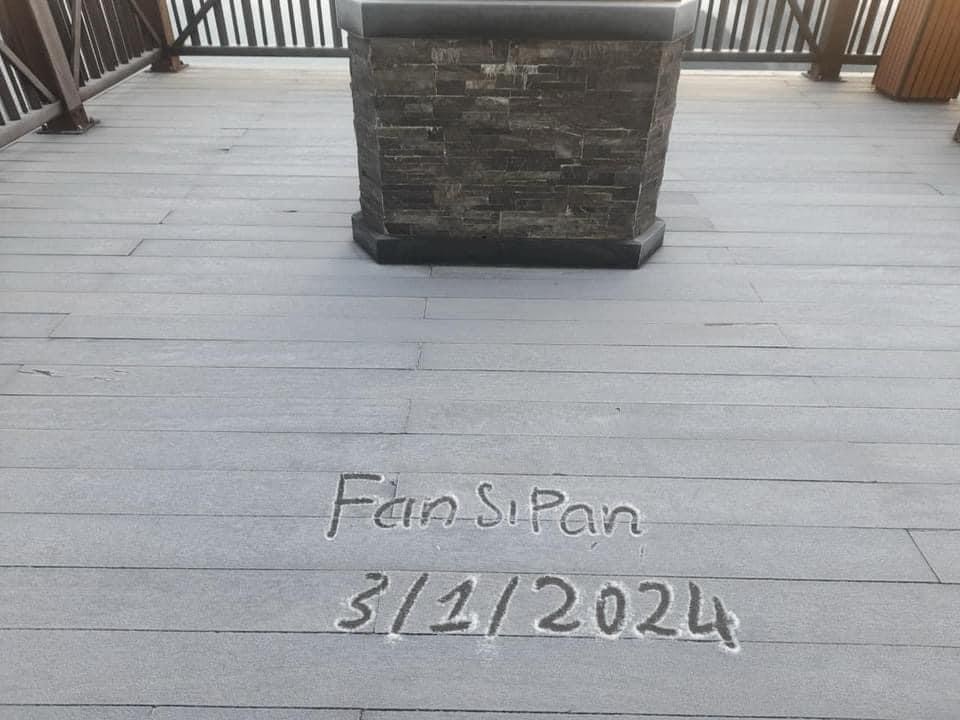
This morning, on January 3, the phenomenon of frost reappeared on the summit of Fansipan as the cold air from the Northeastern spread to the Northwest region.
Frost usually takes place at night when the weather is dry and clear, with abundant dew, and temperatures drop to around zero to 5 degrees Celsius.

According to the Sa Pa Meteorological Station in Lao Cai Province, on the morning of January 3, the temperature in the tourist area of Sa Pa Town was 10.8 degrees Celsius. Meanwhile, on the summit of Fansipan, the temperature sharply dropped to below 5 degrees Celsius, resulting in the appearance of frost.
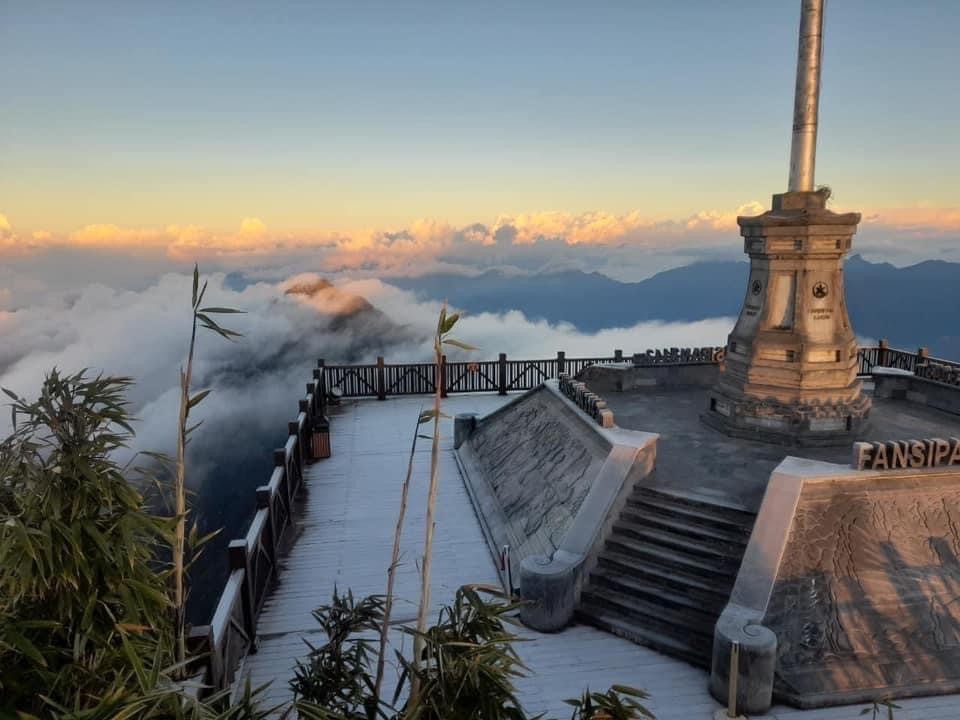
The frost manifested with a gentle intensity, forming an even thin white layer on wooden surfaces, stone steps, pathways, as well as leaves and grass. This marks the third occurrence of frost on the summit of Fansipan in this winter season.
The frost appeared gently, forming a thin white layer on wooden surfaces, stone steps, pathways, as well as on the leaves of trees and blades of grass. This marks the third instance of frost on the summit of Fansipan in this winter season.
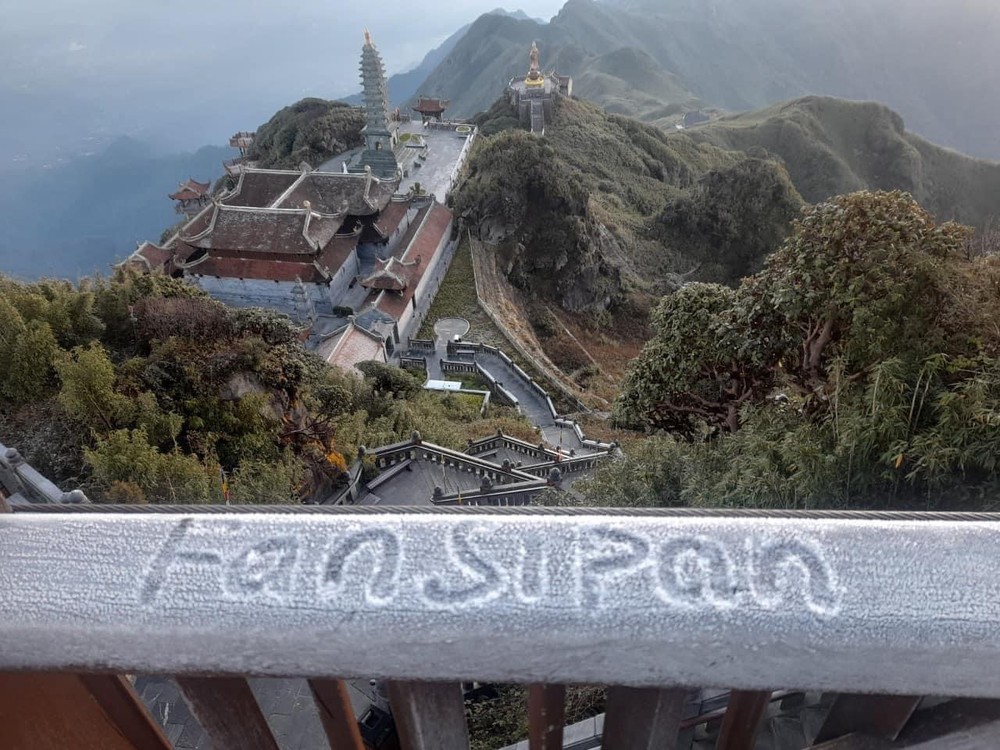
According to meteorological experts, due to eastward intensified cold air, the initial impact of the cold wave is felt in the Northeastern and North Central regions. Hanoi and several areas are experiencing rain, gloomy weather, and fog. The cold wave arrives later in the Northwest region, so the sky is clear with sunshine.
